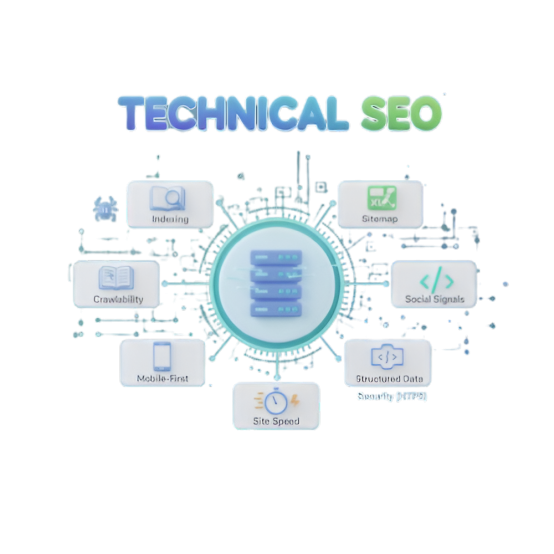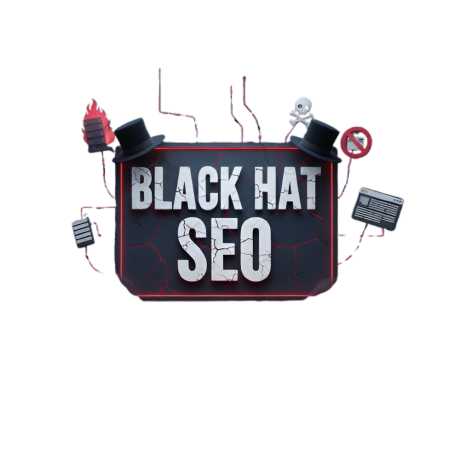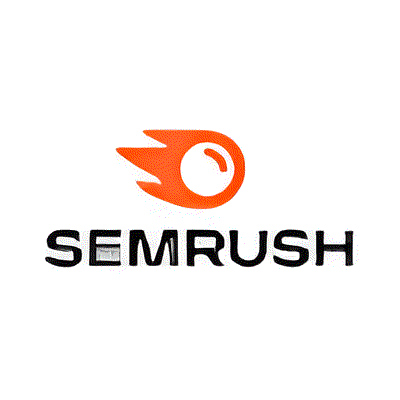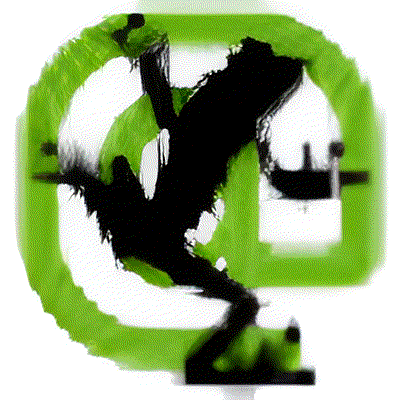Rank Higher, Grow Faster with Digiboast SEO
We help your business rise in search engine rankings and stay at the top using effective SEO methods.
What Is SEO?
SEO (Search Engine Optimization) is the process of improving your website’s visibility on search engines like Google. This helps more people find you when they search for products or services you offer.
At Digiboast, we create strong SEO strategies that drive organic traffic, boost brand credibility, and help you outrank competitors. This turns clicks into loyal customers.
In simple terms: More Visibility = More Traffic = More Sales.

How Does Search Engine Optimization (SEO) Work?

SEO works by improving your website’s relevance, structure, and authority so search engines like Google rank it higher for specific keywords your audience searches for. The process starts with keyword research, which means finding the exact terms people use. Then comes on-page SEO—optimizing titles, headings, meta descriptions, content, and images to make your site user-friendly and rich in keywords.
Next is off-page SEO, which focuses on building your site’s authority through high-quality backlinks from trusted websites. Technical SEO makes sure your site loads quickly, is mobile-friendly, and can be easily crawled by search engine bots. Finally, content creation and ongoing optimization help maintain strong rankings. When done right, SEO turns your website into a 24/7 traffic generator, bringing in potential customers without paying for ads.
Types Of SEO
On-Page SEO focuses on improving every part of your website to boost search rankings and attract the right audience. It begins with creating keyword-rich titles and meta descriptions that catch attention. Next, organize content with clear headings and SEO-friendly URLs. High-quality and valuable content forms the foundation of on-page SEO. This is complemented by optimized images with descriptive alt text and a clean, responsive design that ensures a smooth user experience. Strategic internal linking directs visitors to relevant pages, increasing engagement and authority throughout your site. Technical aspects like fast loading speed, mobile optimization, and proper HTML tagging help search engines easily crawl and understand your content. When executed well, on-page SEO not only increases visibility but also builds trust, keeps visitors engaged, and turns them into loyal customers. This makes your website a powerful tool for long-term growth.


Off-Page SEO focuses on actions taken outside your website to improve its search engine rankings and authority. The main aim is to build your site’s credibility and trustworthiness in the eyes of search engines. You can achieve this by building backlinks, which means earning links from high-quality, relevant websites. These links show your site’s value.
Other strategies include social media marketing, guest blogging, reaching out to influencers, online directory listings, and brand mentions across the web. Off-page SEO also involves encouraging positive online reviews and engagement that boost your reputation. By strengthening your site’s authority and presence beyond its own pages, off-page SEO drives more organic traffic, improves keyword rankings, and helps you outperform competitors in search results.
Technical SEO is the process of optimizing your website's technical elements so search engines can easily crawl, index, and rank it. Unlike on-page SEO, which focuses on content, technical SEO makes sure your site’s backend is clean, fast, and user-friendly. Key aspects include improving website speed, enabling mobile responsiveness, creating a secure HTTPS connection, and maintaining a logical site structure. It also involves setting up XML sitemaps, optimizing robots.txt files, fixing broken links, and eliminating duplicate content. Structured data, or schema markup, is added to help search engines better understand your content. Technical SEO also ensures proper canonical tags, URL structures, and pagination for smooth navigation. When done right, technical SEO not only improves search rankings but also boosts user experience, reduces bounce rates, and builds a strong foundation for other SEO efforts to succeed.

Techniques Of SEO

Black Hat SEO refers to unethical and manipulative tactics used to improve a website’s search rankings in ways that break search engine guidelines. These methods aim for quick results but can lead to severe penalties, including removal from search results altogether. Common black hat techniques include keyword stuffing, hidden text or links, cloaking (showing different content to users and search engines), link farming, paid backlinks from questionable sites, and duplicate content.
While black hat SEO may produce short-term gains, it harms a site’s credibility, user trust, and long-term performance. Search engines like Google regularly update their algorithms to spot and penalize these practices, making black hat SEO a risky approach that is best avoided in favor of ethical and sustainable strategies.
White Hat SEO refers to ethical strategies that search engines approve. These strategies aim to improve a website's rankings while providing real value to users. They follow the guidelines set by search engines like Google and focus on long-term, sustainable results. Common white hat techniques include creating high-quality content, researching and optimizing keywords, designing for mobile, ensuring fast loading speeds, maintaining a clean site structure, and earning backlinks naturally from reputable sources.
Unlike black hat SEO, white hat methods build trust, credibility, and authority over time without risking penalties. By prioritizing user experience, relevant content, and ethical practices, white hat SEO helps your website rank higher, attract quality traffic, and maintain a strong online reputation for long-term success.


Gray Hat SEO refers to optimization techniques that sit between white hat (ethical) and black hat (unethical) SEO practices. These methods aren't clearly banned by search engines, but they still carry some risk because they may take advantage of loopholes in ranking algorithms. Examples include buying old domains for backlinks, excessive link exchanges, clickbait headlines, over-optimized anchor text, or slightly modified content.
Gray hat SEO often provides faster results than purely white hat methods but is less risky than black hat tactics. However, it still requires care. Search engine guidelines can change, and what’s acceptable today might turn into a penalty-worthy practice tomorrow. Businesses using gray hat SEO should weigh short-term gains against long-term sustainability to protect their rankings and reputation.
Unlocking SEO Success: Top Tools to Boost Your Rankings

Aherf

Google Search Console

SEMrush

Google Analytics
